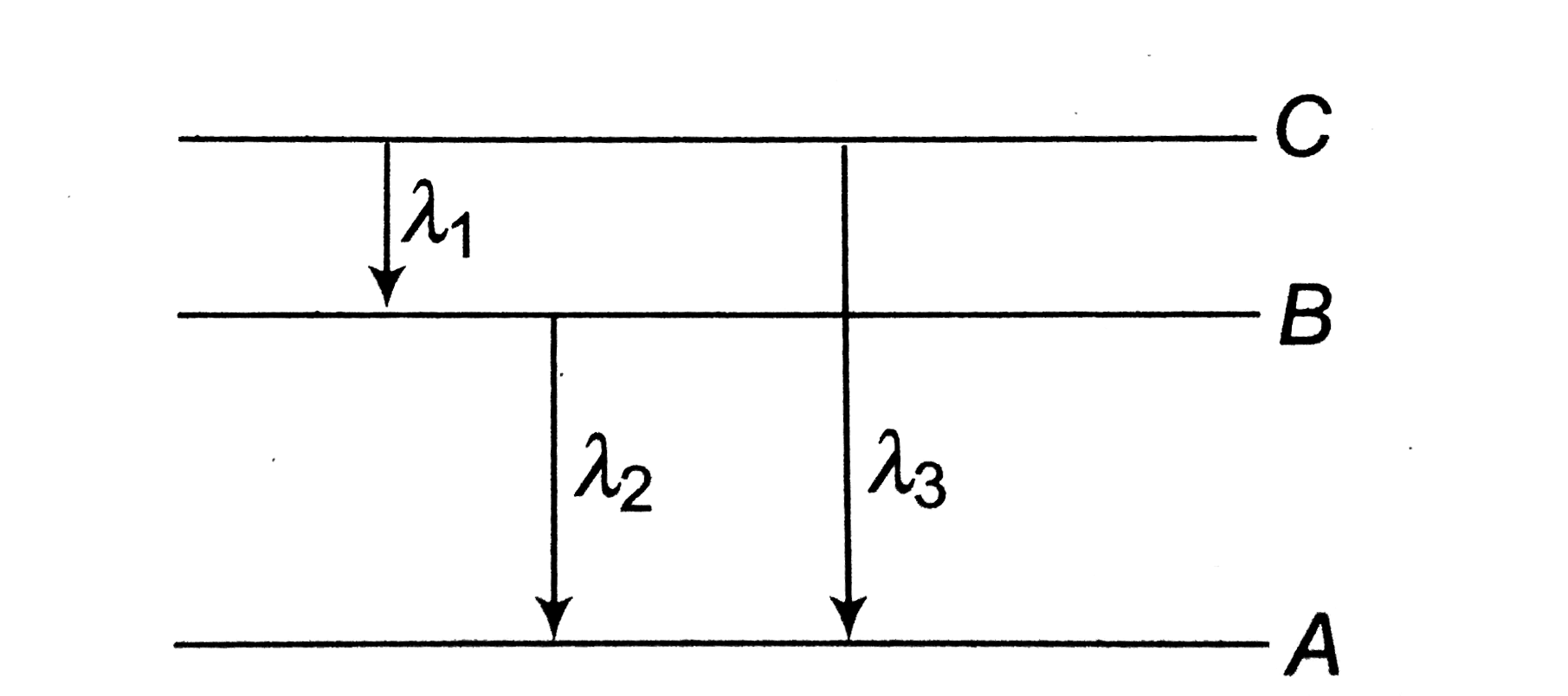The averge (CC) bond energy is 343kJmo1−1. What do you predict for the Si -Si single bond energy
(b) Carbrundum (SiC) and corundun (A12O3) are important abrasives Comment on the structures for these compounds to explain why they have such hardness .
Covalent bonds between the 3rd Period non-metals are generally weaker than the bonds between atoms of their 2nd period neighbours Si−Si bonds are expected to be weaker than C−C bonds Their bond strength should be lass than 300kJ mol−1
(b) The hardness reults from the fact the atoms are bonded together in three dimensional arrays by strong bonds SiC has the diamond structure The bonds in A12O3 have ionic character as well as covalent .
Topper's Solved these Questions
- CHEMICAL BONDING AND MOLECULAR STRUCTUREBOOK - CENGAGE CHEMISTRY ENGLISHCHAPTER - CHEMICAL BONDING AND MOLECULAR STRUCTUREEXERCISE - Ex 2 .2 Subjective (Intermolecular Forces And H-Bonding)
7 Videos
- CHEMICAL BONDING AND MOLECULAR STRUCTUREBOOK - CENGAGE CHEMISTRY ENGLISHCHAPTER - CHEMICAL BONDING AND MOLECULAR STRUCTUREEXERCISE - Ex 2 .2 Subjective (Molecular Orbital Theory)
4 Videos
- CHEMICAL BONDING AND MOLECULAR STRUCTUREBOOK - CENGAGE CHEMISTRY ENGLISHCHAPTER - CHEMICAL BONDING AND MOLECULAR STRUCTUREEXERCISE - Archives Subjective
15 Videos
- ATOMIC STRUCTUREBOOK - CENGAGE CHEMISTRY ENGLISHCHAPTER - ATOMIC STRUCTUREEXERCISE - Concept Applicationexercise(4.3)
19 Videos
- CHEMICAL EQUILIBRIUMBOOK - CENGAGE CHEMISTRY ENGLISHCHAPTER - CHEMICAL EQUILIBRIUMEXERCISE - Subjective type
1 Videos
Similar Questions
The heat of atomization of a compound XY3 in gaseous state is E kJ mol−1 what is the X-Y bond energy of kJ mol−1 unit?
View SolutionThe enthalpy of atomisation for the reaction CH4(g)→C(g)+4H(g) is 1665kJmol−1. What is the bond energy of C−H bond ?
View SolutionThe SI unit of energy is J=kgm2s−2, that of speed υ is ms−1 and of acceleration a is ms−2 which of the formulae for kinetic energy (K) given below can you rule out on the basis of dimensional arguments (m stands for the mass of the body).
(a) K=m2υ3 (b) K=12mυ2 (c ) K= ma
(d) K=316mυ2 (e ) K=12mυ2+ma
View SolutionWhat would be the bond formation energy of C-H bond if its bond energy is +416.18kJmol−1 ?
View Solution in C1−H,C2−H and C3−H the homolytic bond dissociation energy order is :
in C1−H,C2−H and C3−H the homolytic bond dissociation energy order is :
View SolutionEnergy levels A,B,C of a certain atom corresponding to increasing values of energy i.e., EA<EB<EC. If λ1,λ2,λ3 are the wavelengths of radiations correspnding to the transitions C to B,B to A and C to A respectively, which o fthe following statements is correct?

View SolutionBond energies can be obtained by using the following relation: ΔH(reaction)=∑Bond energy of bonds, broken in the reactants −∑ Bond energy fo bonds, formed in the products
Bond enegry depends on three factors:
a. Greater is the bond length, lesser is the bond enegry.
b. Bond energy increases with the bond multiplicity.
c. Bond enegry increases with electronegativity difference between the bonding atoms.
Use the bond enegries to estimate ΔH for this reaction:
H2(g)+O2(g)→H2O2(g)
BondBond energyH−H436kJmol−1O−O142kJmol−1O=O499kJmol−1H−O460kJmol−1
View SolutionBond energies can be obtained by using the following relation: ΔH(reaction)=∑Bond energy of bonds, broken in the reactants −∑ Bond energy fo bonds, formed in the products
Bond enegry depends on three factors:
a. Greater is the bond length, lesser is the bond enegry.
b. Bond energy increases with the bond multiplicity.
c. Bond enegry increases with electronegativity difference between the bonding atoms.
The heat of formation of NO from its elements is +90kJmol−1, What is the approximate bond dissociation enegry of the bond in NO?
BEN=N=941kJmol−1BEO=O=499kJmol−1
View Solution(a) The decomposition of A into products has a value of K as 4.5×103s−1 at 10∘C and energy of activation 60kJ mol−1. At what temperature would K be 1.5×104s−1 ?
(b) (i) If half life period of a first order reaction is x and 3/4th life period of the same reaction is y, how are x and y related to each other ?
(ii) In some cases it is found that a large number of colliding molecules have energy more than threshold energy, yet the reaction is slow. Why?
View SolutionWhich statement is/are correct(more than one correct) ?
(a) In aqueous solution A1 gives hydrated ions [A1(H2O)6]3+
(b) Most of aluminium compounds are covalent because formation of A13+ requires much more energy (=5138kJmo1−1) which is not available ordinarily
(c ) In aqueous solution A1 forms hydrated ions becuse og high (negative) heat of hydration of A13+ compensates the high IE3 of A1
(d) Magnitude of hydration energy of A13+<IE3 of A1 .
View Solution
